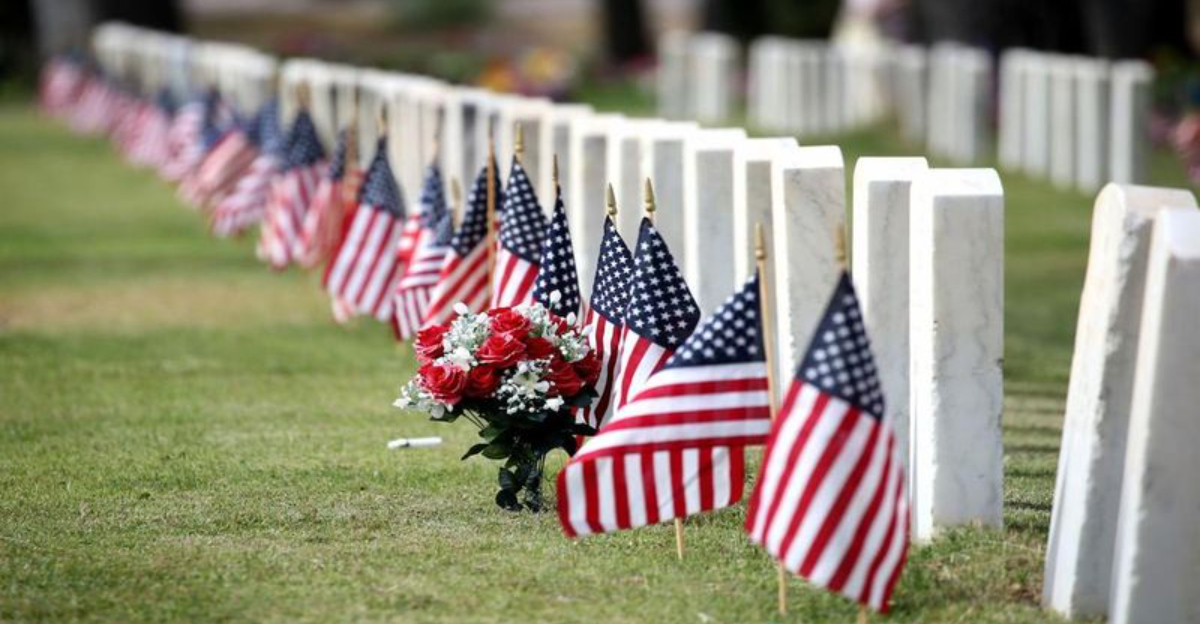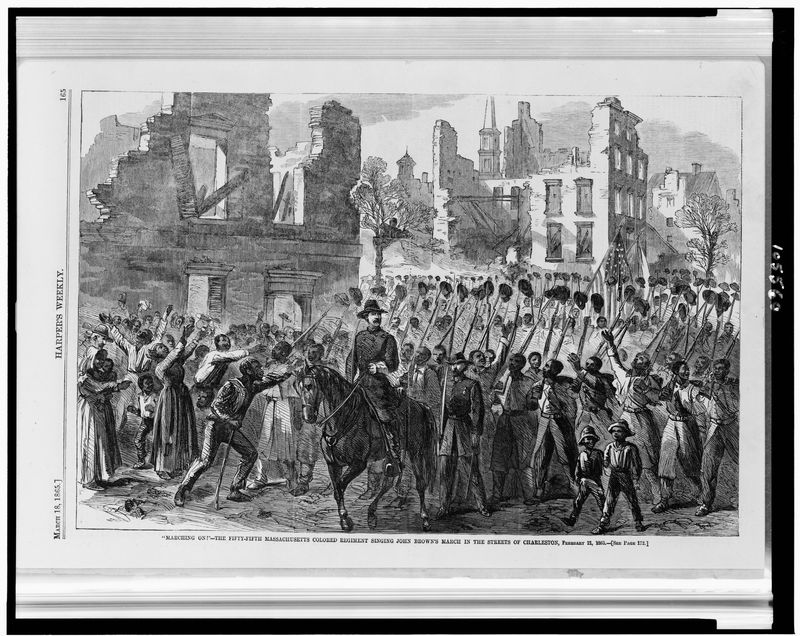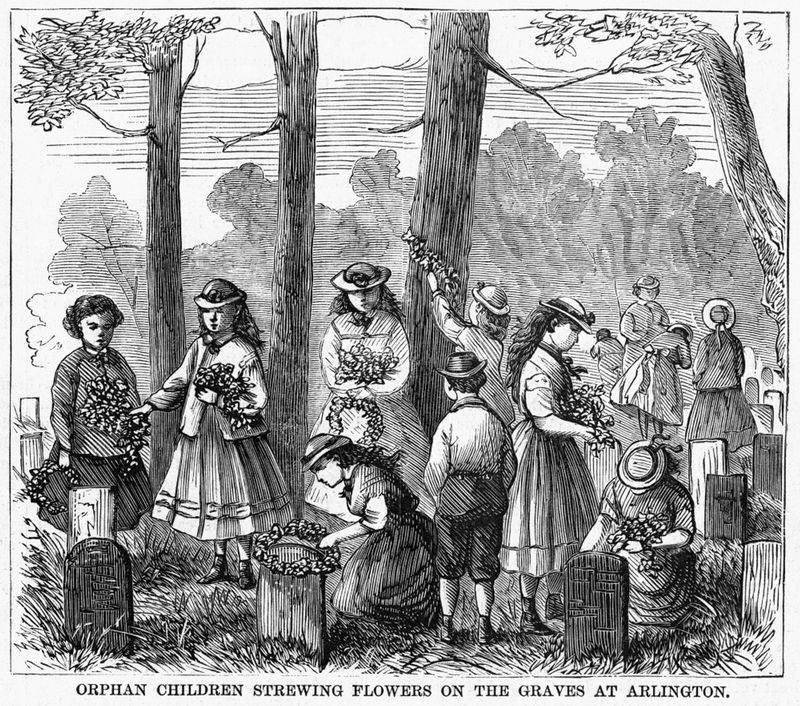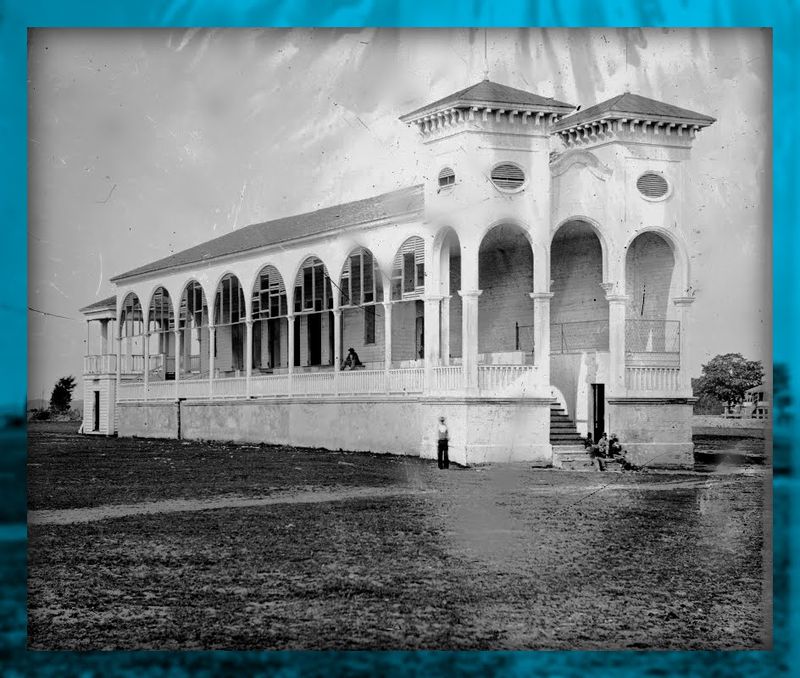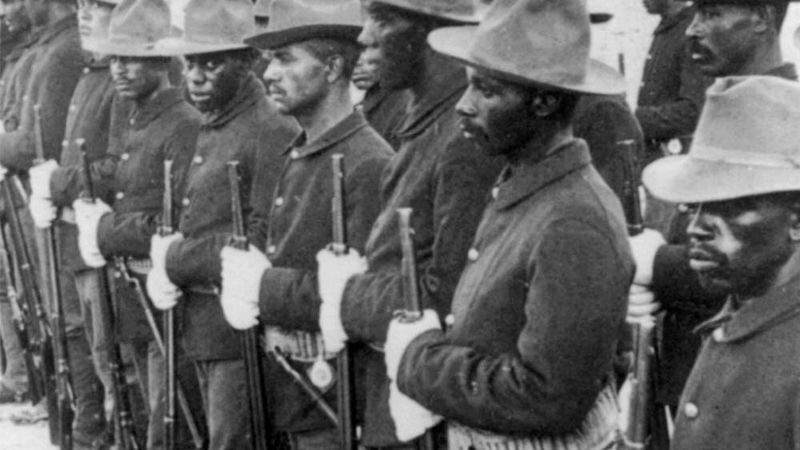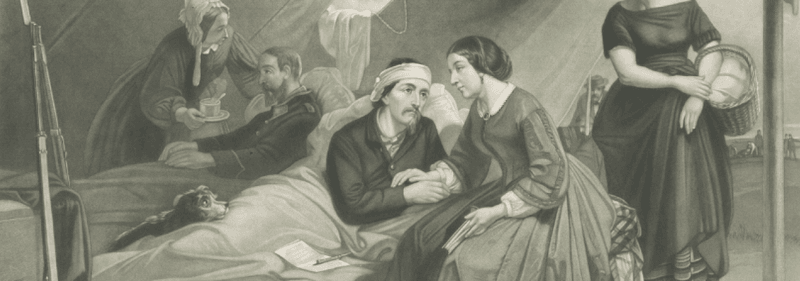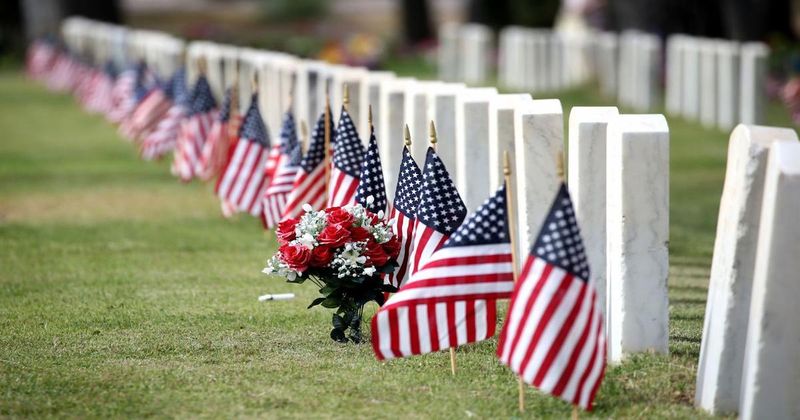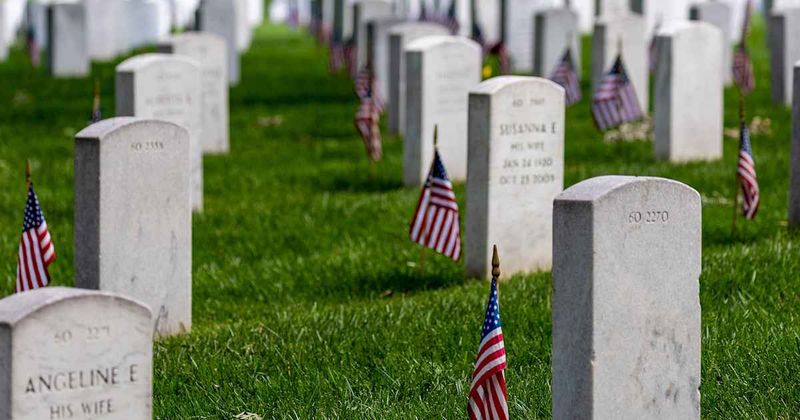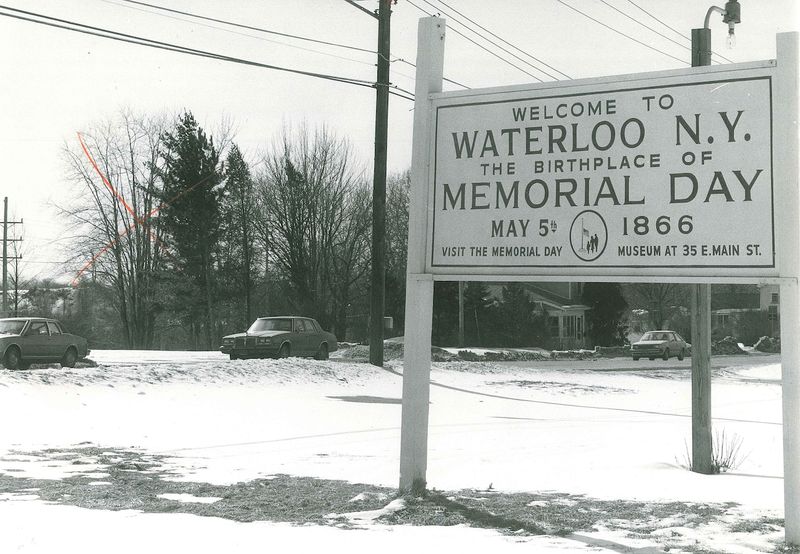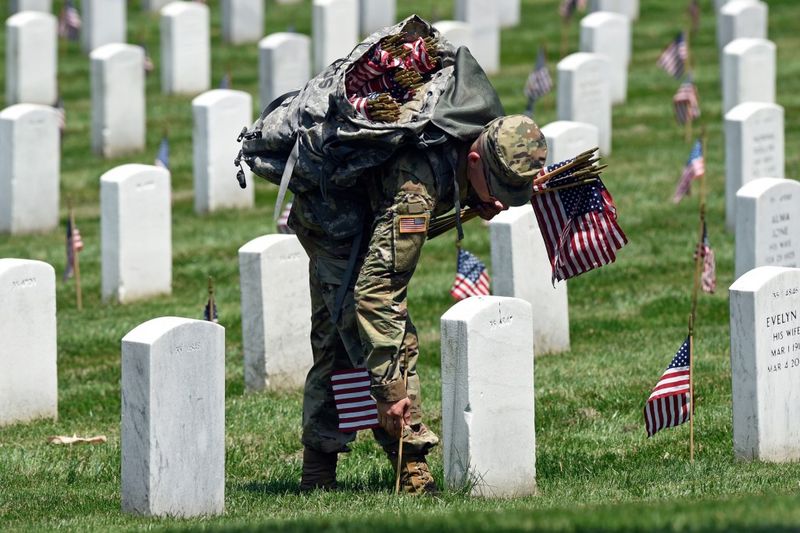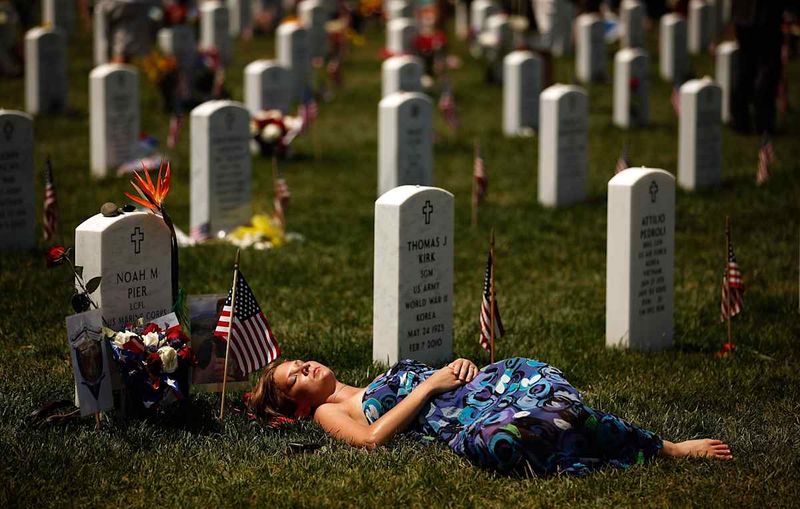The first Memorial Day, originally known as “Decoration Day,” holds a significant place in American history. It marks a time of remembrance and healing, rooted in the aftermath of the Civil War. This article uncovers ten surprising facts about this solemn occasion, including a touching love story that played a key role in its origins.
1. It Started With Formerly Enslaved People
In the heart of Charleston, South Carolina, a pivotal moment unfolds. It’s 1865, just weeks after the Civil War’s end. A determined group of formerly enslaved African Americans takes the lead in organizing a burial ceremony. They honor Union soldiers who perished in a Confederate prison camp. This poignant act of remembrance marks the origins of what we now know as Memorial Day. Imagine the scene—a powerful testament to resilience and gratitude. Their efforts paved the way for a tradition of honoring those who made the ultimate sacrifice.
2. It Was Originally Called “Decoration Day”
Before the name “Memorial Day” took hold, this solemn occasion was known as “Decoration Day.” The name speaks to the tradition of adorning the graves of fallen soldiers with flowers, flags, and wreaths. Picture families and communities coming together, their hands busy with the task of decorating. Amidst the vibrant blooms, the air is filled with a sense of reverence and unity. This early naming reflects the heartfelt dedication to preserving the memory of those who served, a timeless tradition that continues to this day.
3. The First Large-Scale Memorial Was Held at a Racetrack
A former racetrack in Charleston transforms into a poignant memorial site. Confederate forces once used it as a prison camp, but on this day, it becomes a place of tribute. The event draws over 10,000 attendees, mostly Black residents. Picture the scene—a racetrack repurposed, where both sorrow and celebration unfold. It’s a testament to the power of collective memory. This large-scale ceremony marks a significant moment in the history of Memorial Day, showcasing the community’s determination to honor the fallen.
4. It Included a Parade Led by Black Schoolchildren
Amidst the solemnity of the day, a parade led by Black schoolchildren brings a sense of hope and renewal. Imagine nearly 3,000 young children, their hands filled with flowers, moving in unison. Their voices lift in song, creating a tapestry of sound that echoes through the streets. This parade is a powerful reminder of the future they represent. Accompanied by members of Black Union regiments and local citizens, the children play a crucial role in the day’s events, symbolizing both remembrance and renewal.
5. A Love Story Sparked the Tradition
In the midst of war, love blossoms between a Northern nurse and a wounded Union soldier. Their story, one of passion and loss, becomes intertwined with the origins of Memorial Day. After the soldier’s untimely death, the nurse’s heartfelt tribute—decorating his grave annually—ignites a tradition that spreads across the nation. Picture her, tending to the grave with care, each flower a testament to love’s enduring power. This hidden love story adds a deeply personal dimension to the history of Memorial Day.
6. It Wasn’t Recognized Nationally for Over 100 Years
Despite its heartfelt beginnings, Memorial Day did not gain national recognition until 1971. This gap of over a century speaks to the evolving nature of commemoration. Imagine the years passing, each with its own ceremonies and remembrances, yet without formal acknowledgment. The delay highlights the grassroots origins of Memorial Day, rooted in community efforts and individual acts of remembrance. This long journey to official recognition underscores the enduring importance of honoring those who served.
7. Southern States Celebrated on a Different Day
In the aftermath of the Civil War, a divide emerges in how Memorial Day is observed. Many Southern states choose their own dates to honor Confederate soldiers. Picture a map, marked with various dates, each representing a unique commemoration. This divergence highlights the complexities of post-war America. While the nation struggled to heal, these separate observances reflect regional loyalties. Yet, amid these differences, the underlying message remains—remembrance and gratitude for those who sacrificed.
8. Waterloo, New York, Claims It Was First
In the small town of Waterloo, New York, a bold claim is made—it is the birthplace of Memorial Day. Despite the Charleston event predating it, in 1966, President Lyndon B. Johnson officially recognizes Waterloo’s role. Imagine the pride of the town, rooted in its historical significance. A historical marker stands, a testament to this claim. While debates continue, what remains clear is the widespread desire to honor and remember. This claim underscores the diverse origins of a national tradition.
9. It Was Tied to a National Healing Effort
As the nation emerged from the Civil War, Memorial Day took on a broader significance. It became part of a national healing effort. Picture communities coming together, diverse yet united, in shared ceremonies. The holiday grows in popularity as a symbol of unity and grief. These gatherings serve as a balm for a wounded nation, fostering reconciliation. In the midst of Reconstruction, Memorial Day stands as a beacon of hope. It reminds us of the power of collective memory to heal and unite.
10. The Original Spirit Was Community-Led, Not Government-Driven
In its early days, Memorial Day was a community-driven event. Picture small towns and close-knit neighborhoods, where ceremonies are organized by local residents. Unlike today’s often official events, these gatherings are deeply personal, rooted in mourning and love. The spirit is one of grassroots remembrance, each individual contributing to the collective memory. This original essence of Memorial Day highlights the power of community in honoring those who served. It’s a heartfelt tradition that continues to resonate.
